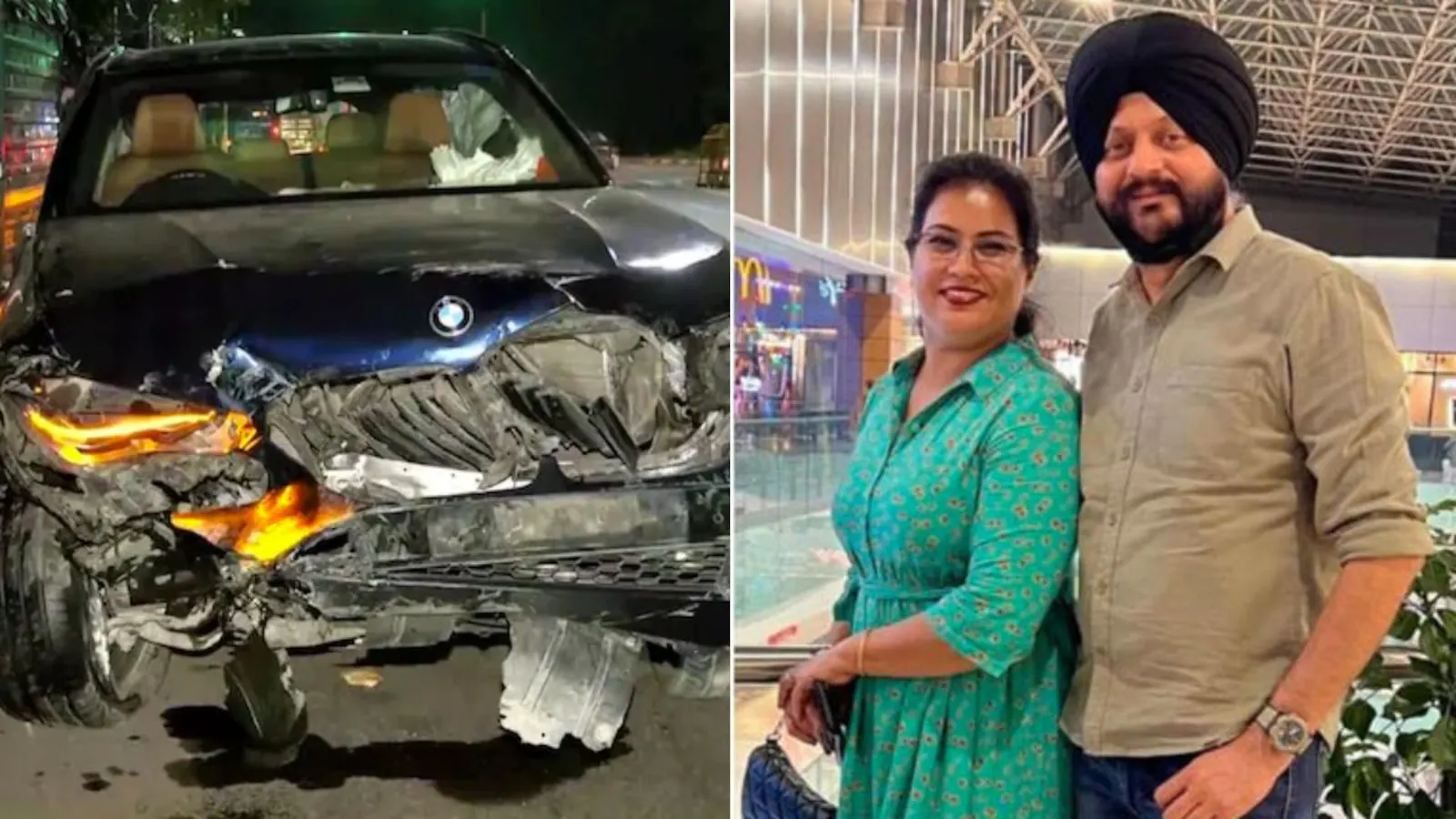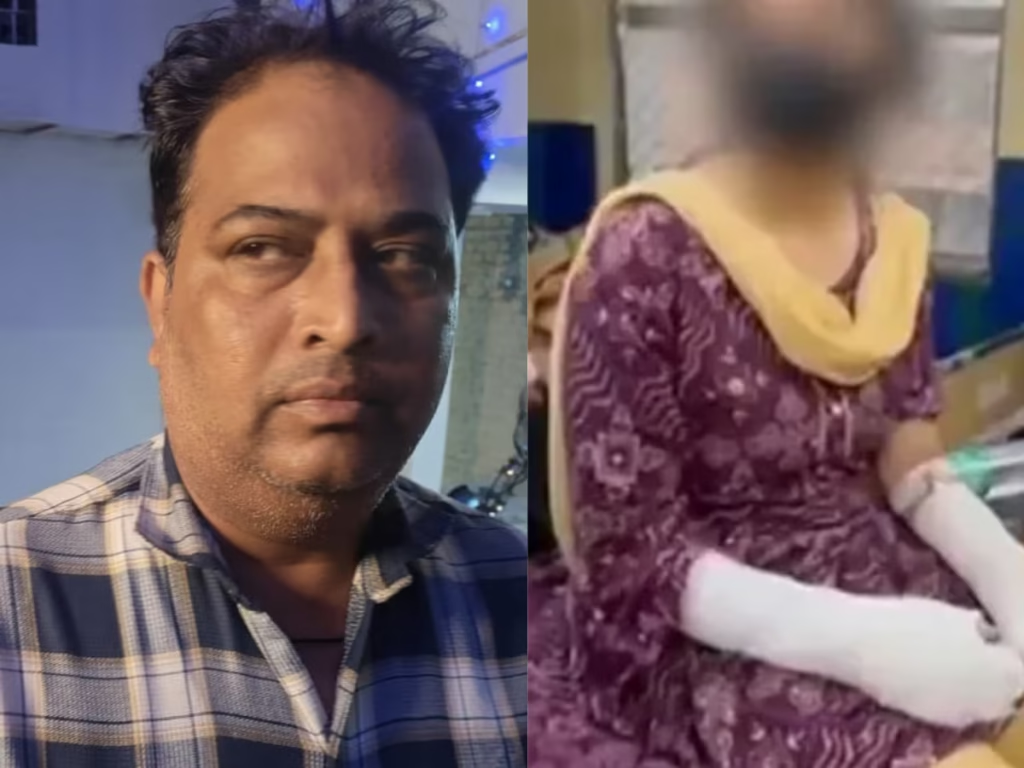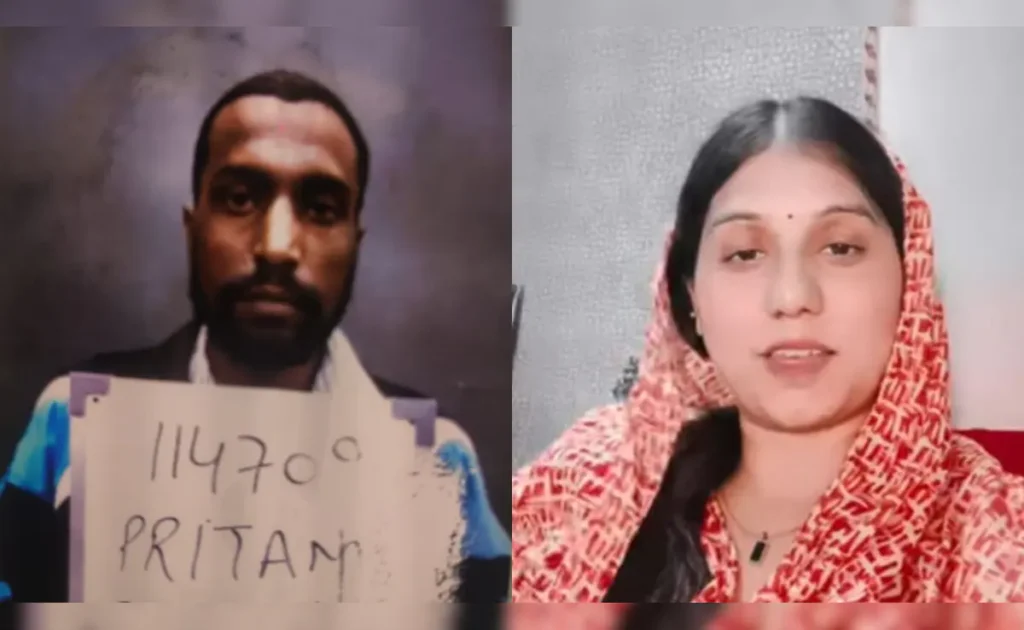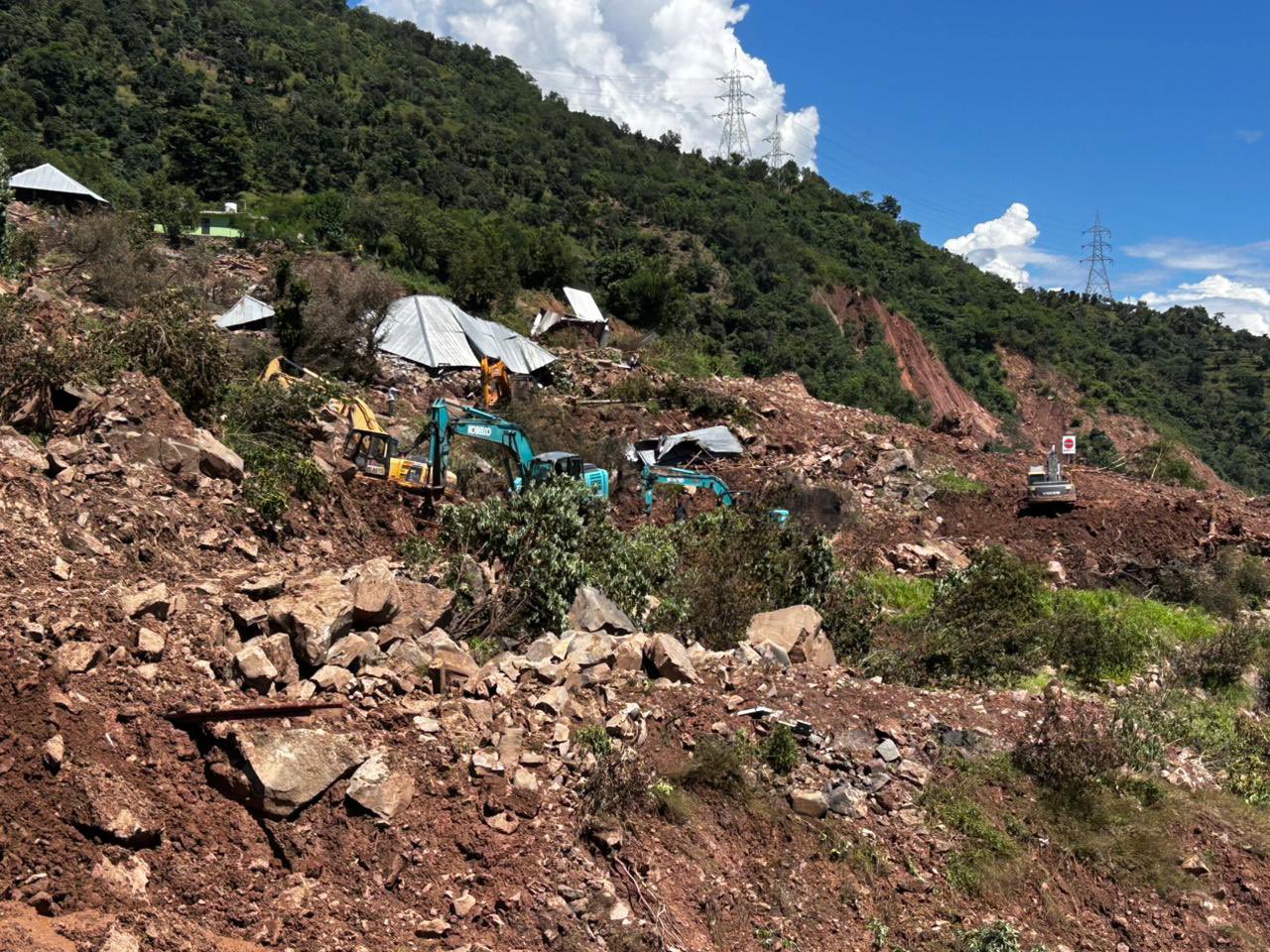Now Reading: Tragedy on Navnoor’s 22nd: Delhi BMW Crash Claims Senior Official’s Life
-
01
Tragedy on Navnoor’s 22nd: Delhi BMW Crash Claims Senior Official’s Life
Tragedy on Navnoor’s 22nd: Delhi BMW Crash Claims Senior Official’s Life

A routine birthday morning turned into a catastrophe for Navnoor Singh in Delhi. On the day he turned 22, his father, finance ministry official Navjot Singh, died in a BMW collision. The crash also left his mother badly injured. The case has ignited debate over road safety, emergency response, and whether decisions made immediately after the accident might have changed the outcome.
What Happened That Day
Navjot Singh and his wife were riding a motorcycle near Dhaula Kuan when a BMW, allegedly driven by Gaganpreet Makkad, struck them from behind. The crash proved fatal for Singh. His wife suffered serious injuries and was hospitalised. Witnesses say she pleaded to be taken to the nearest hospital but was instead driven over 19-20 kilometres to another facility.
The Hospital Choice Controversy
Investigators are examining why the couple was not taken to the closest hospital despite its proximity. The hospital they were eventually taken to is linked to Makkad’s family, raising questions of conflict of interest. The family alleges that had immediate and closer medical care been provided, Navjot might have been saved.
Emotional Toll and Final Moments
Navnoor’s birthday, meant to be a milestone, became his father’s last day. Early that morning, he received a gift his father had ordered. By afternoon, he was at the cremation ground performing final rites. His mother, still in hospital and unaware of her husband’s death until later, broke down when his body was brought to her bedside.
Legal Action and Public Response
The driver has been arrested and faces several charges including culpable homicide, rash driving and destruction of evidence. A blood sample reportedly showed no alcohol. Public outrage is growing, especially over road safety norms and the transparency of emergency services. Many are asking how delayed response or hospital referrals affect survival chances in such accidents.
What This Means Beyond Delhi
For residents of Tier-2 and Tier-3 cities, this case underscores the importance of road safety, helmet use, and access to nearby hospitals. It also highlights how local emergency infrastructure and protocols can be crucial. Families in smaller cities often face similar dilemmas when accidents happen—and the speed of response can make all the difference.
Conclusion
Navnoor Singh’s birthday has become a painful reminder of life’s fragility and the stakes of quick, thoughtful action in emergencies. The incident forces authorities, citizens, and medical systems to examine what went wrong—how infrastructure, trust, and prompt decisions together shape outcomes. If lessons are learned, perhaps future tragedies can be avoided.

























